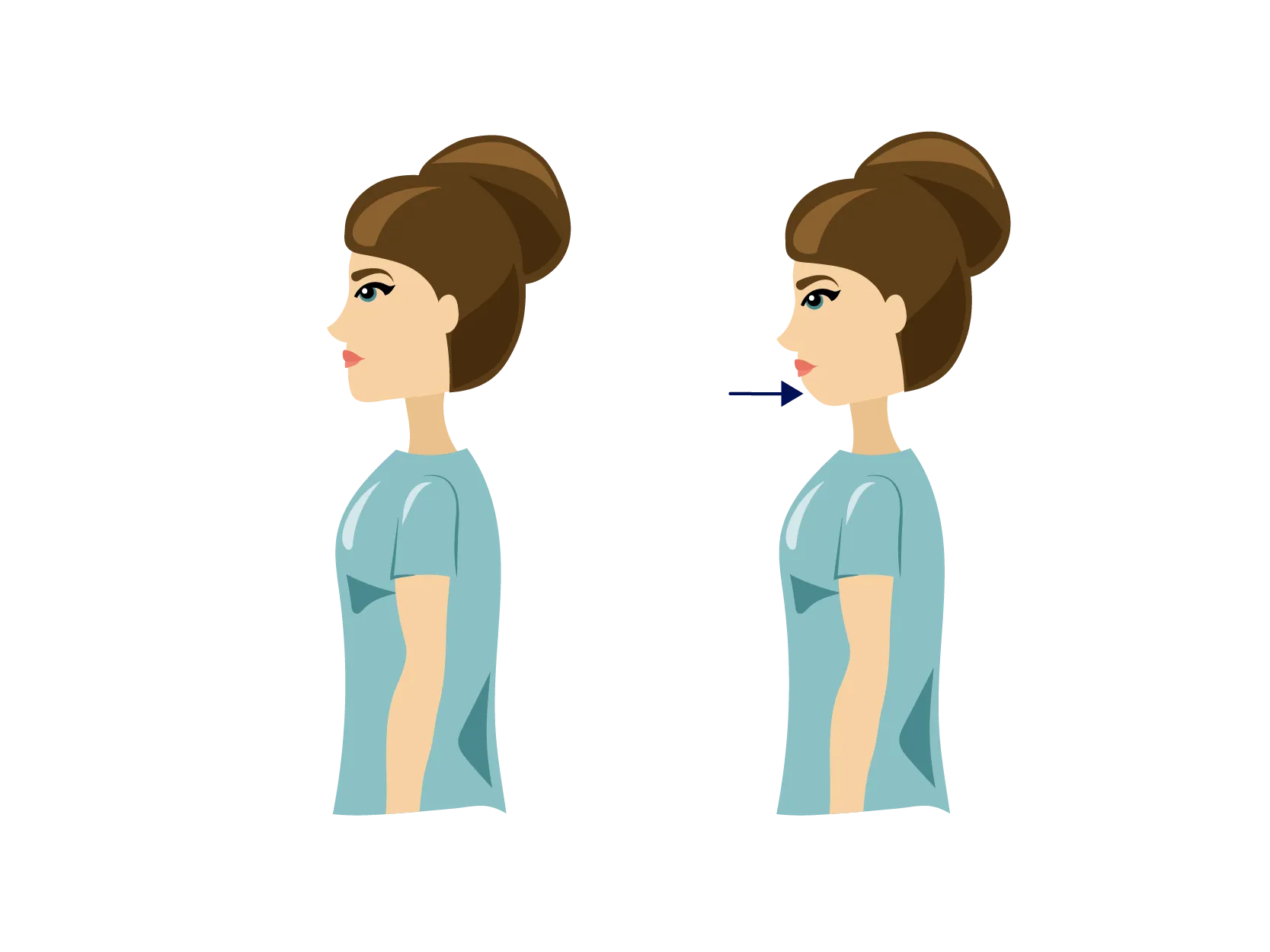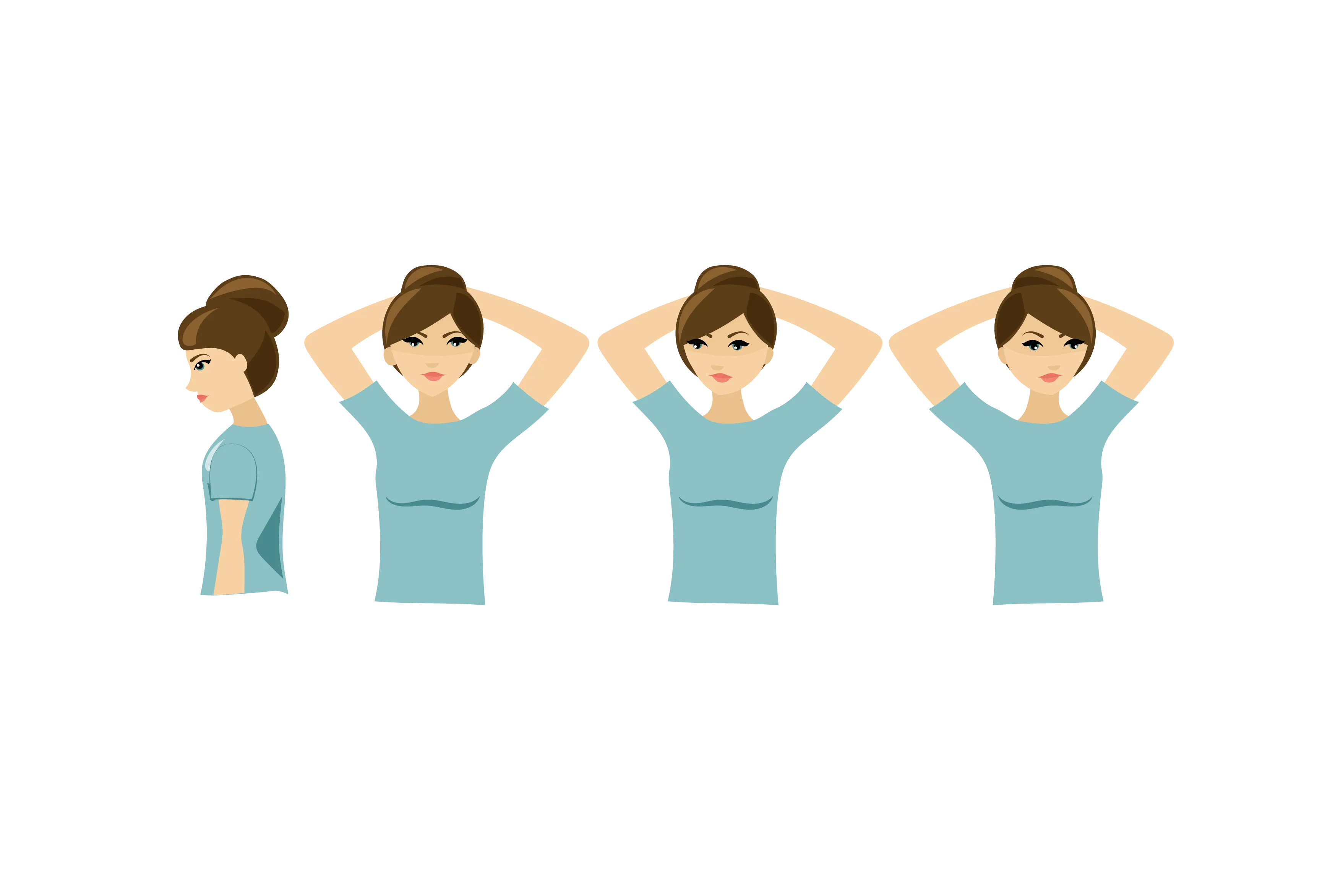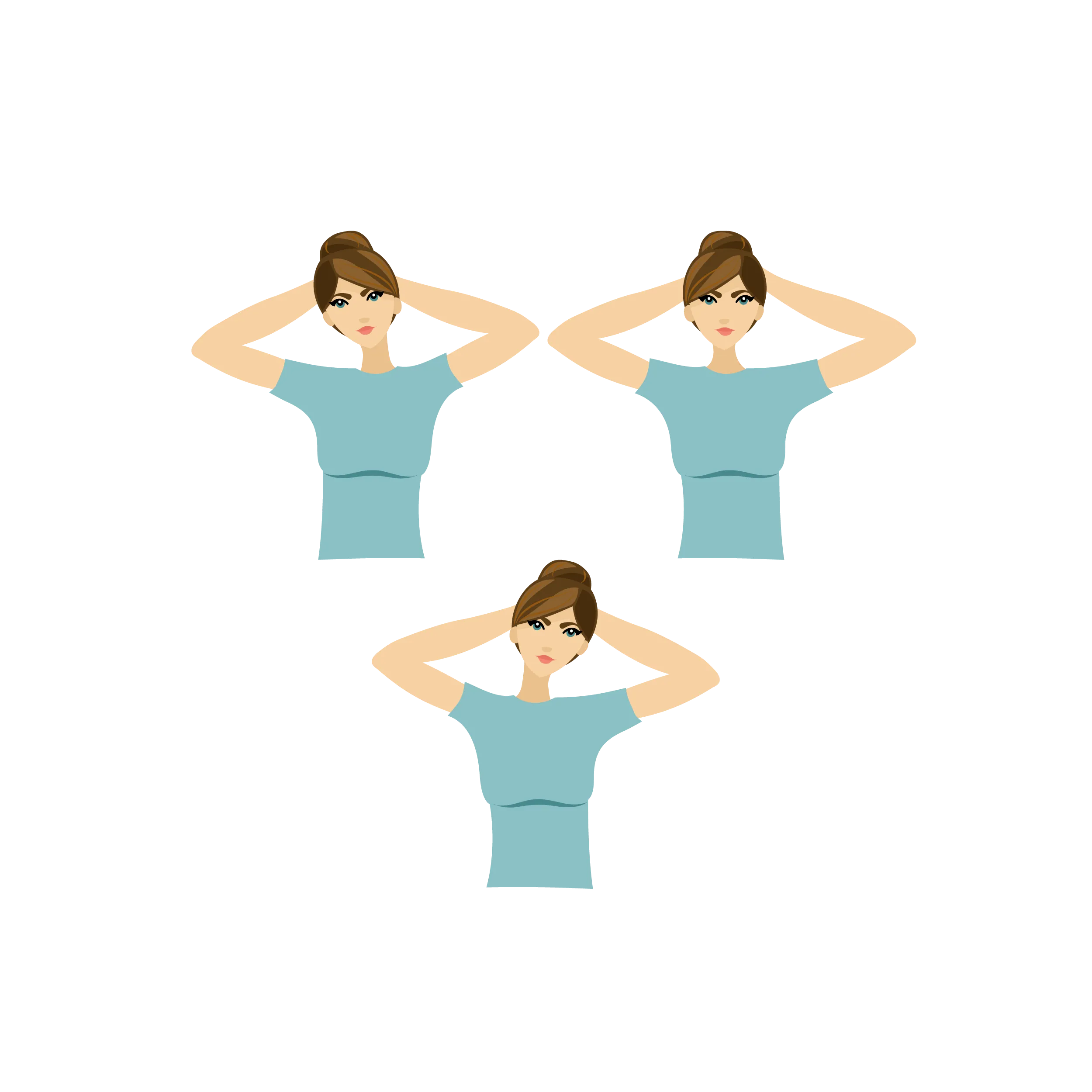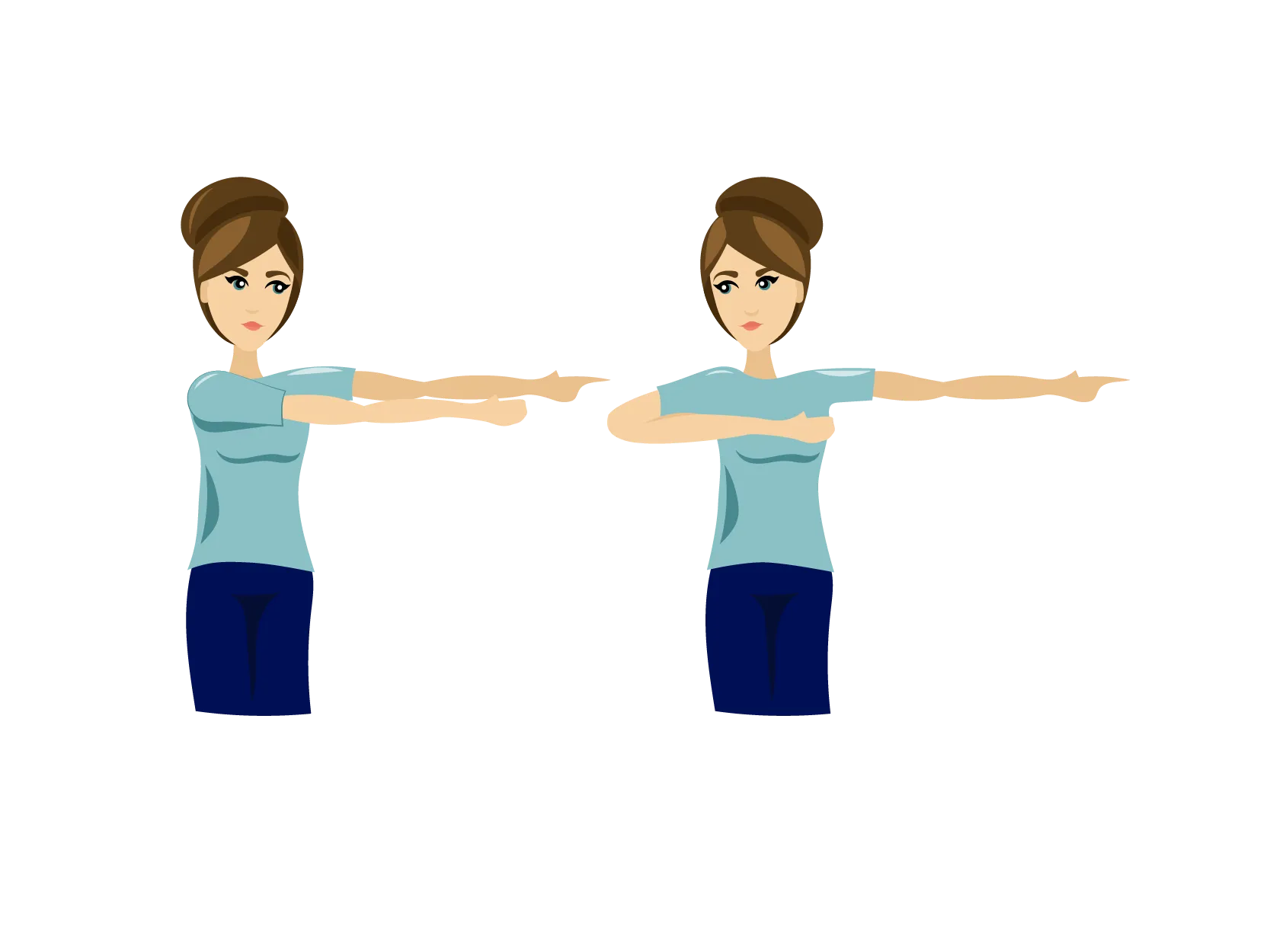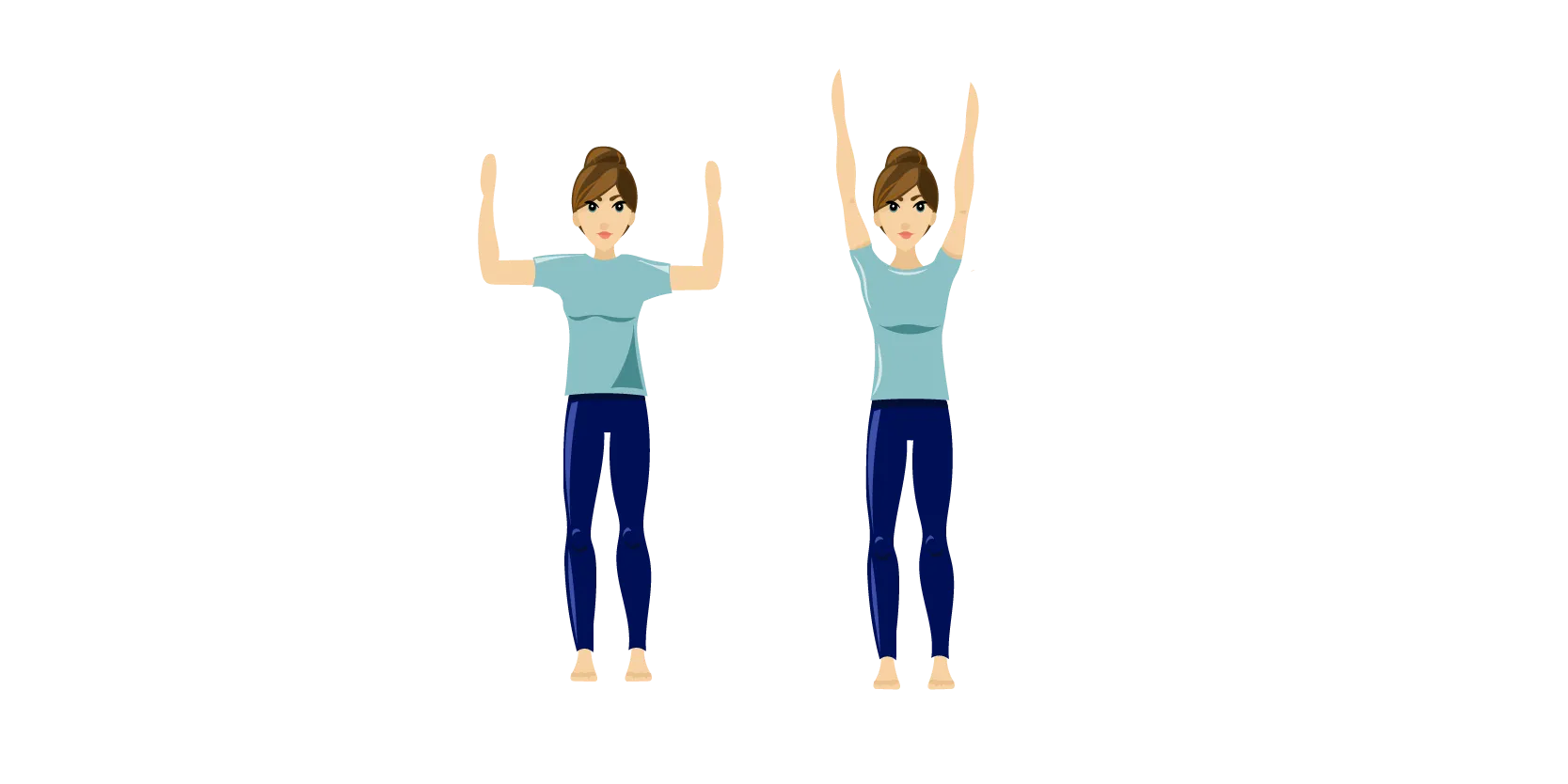Causes and symptoms
With neck pain, you may experience discomfort radiating into your arm. The pain can come on suddenly and without a specific cause, but is usually completely harmless.
If you experience a stabbing or buzzing sensation radiating into your shoulder and arm, it is usually due to a nerve being affected. The effect can be caused by a locked joint or a muscular problem in the neck and/or shoulder.
In a few cases, neck pain radiating to the arm can be caused by a disc, typically a herniated disc or a herniated disc.
Between the vertebrae there are cartilage discs – called discs – which act as shock absorbers and enable you to move your neck. The normal disc consists of a soft, watery jelly-like core surrounded by a ring of strong tissue.
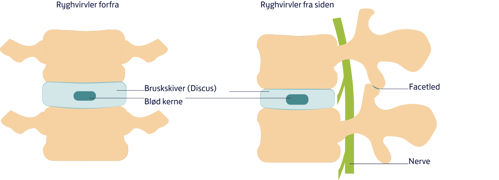
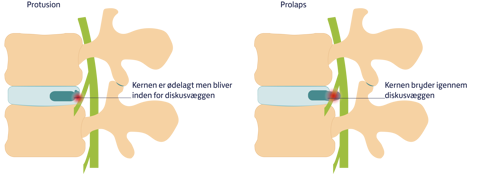
Disc herniation occurs when the cartilage disc (disc) between two vertebrae cracks, pushing out the soft nucleus. If the cartilage disc has not completely ruptured, but has a weak point, the soft nucleus can cause a protrusion, which is called a protrusion.
In both cases, it can affect a nerve to the arm, as the prolapse/protrusion can get in the way of the nerve's origin between the cervical vertebrae. The radiating pain can be stabbing, buzzing or a feeling of numbness in the arm.
A prolapse/protrusion often heals itself. The vast majority of people become pain-free again, without injury and without surgery. After three months, the majority of people with a diagnosed prolapse experience a significant improvement.
How to help yourself
Activity is of great importance in maintaining mobility in the neck and avoiding worsening of discomfort in the neck and radiating pain to the arm. You can safely move and stay active, even if it causes a certain degree of pain.
You can take breaks during the day, but it is important that you maintain your activity level and physical fitness and thus avoid inactivity. Make sure to carry out your daily activities and vary your positions during the day.
You should adapt your activities so that you can stay physically active as much as possible. You should avoid activities that worsen your pain and instead find other activities that you can do despite the pain. These can be, for example, walking or swimming/aqua aerobics as well as light exercises.



